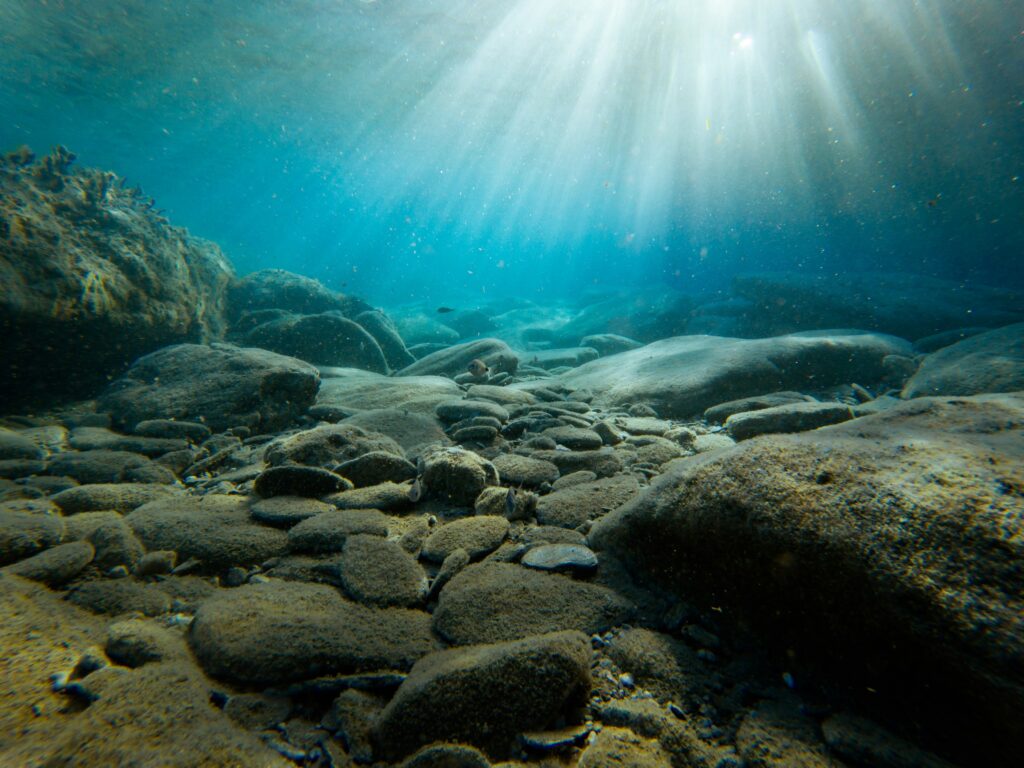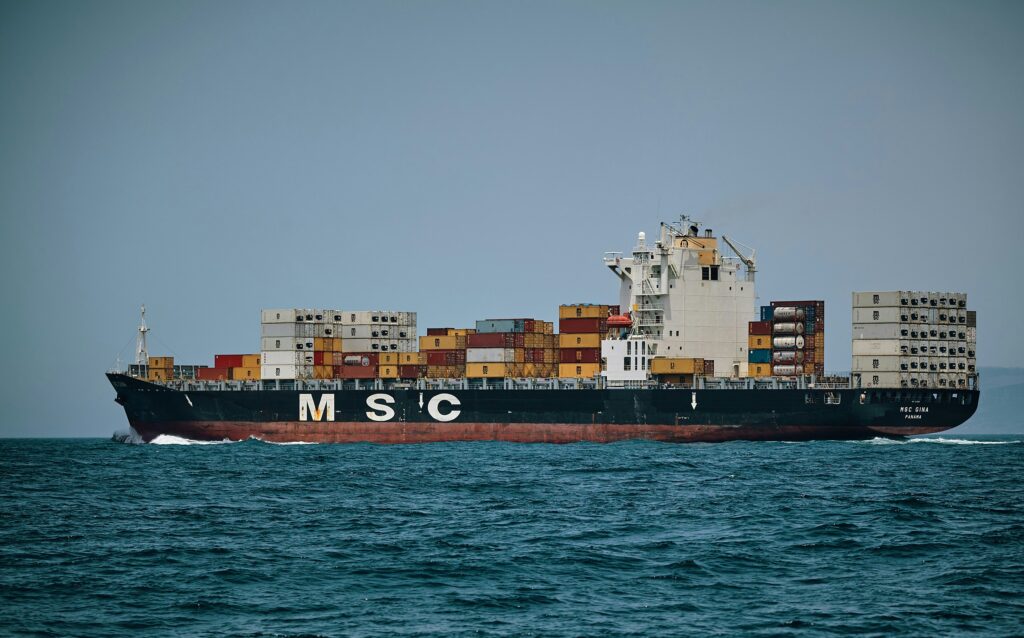ROVs are outfitted with superior quality cameras, sonar frameworks, and other high level sensors that permit administrators to plan the seabed, distinguish mineral stores, and recognize submerged elements like stone developments, volcanic vents, and separation points.
The capacity to lead careful investigation with negligible gamble and decreased costs is one of the essential justifications for why ROVs are fundamental in submerged mining.

Some ROVs even use multi-shaft sonar to make 3D guides of the seabed, assisting mining organizations better with figuring out the area and degree of mineral stores.

Mining activities can biologically affect marine environments, especially when they include the expulsion of enormous amounts of residue, rock, or minerals from the seabed.

natural
In submerged mining, natural stewardship is a basic concern. This can bring about territory annihilation, water section pollution, and long haul natural harm.
Also, ROVs can direct “gauge” natural overviews prior to mining starts, assisting with laying out reference focuses for examination and future relief endeavors. By catching ongoing information, administrators can pursue informed choices to restrict natural disturbance and guarantee consistence with ecological guidelines.
ROVs assume a pivotal part in limiting these effects by empowering consistent ecological checking during investigation and extraction exercises. Outfitted with water quality sensors, ROVs can gauge boundaries like temperature, saltiness, turbidity, and disintegrated oxygen levels to survey the possible impacts of mining on the general climate.
When a mining site has been reviewed and surveyed, ROVs are frequently utilized for test assortment and the extraction of important materials from the seabed. These vehicles are outfitted with specific instruments, like mechanical arms and grabbers, to securely gather mineral examples, center examples, and, surprisingly, huge pieces of rock or metal.
information
This ongoing information assortment empowers more exact appraisals and informed dynamic before expensive extraction tasks start.
These techniques consider more exact extraction, limiting waste and staying away from harm to encompassing environments.
ROVs
Now and again, ROVs are utilized to perform “delicate mining” strategies that include the controlled assortment of residue and metals utilizing high-pressure water jets or mechanical cutters.
benefit
The accuracy with which ROVs can work is a huge benefit, particularly in remote ocean mining, where the test is to separate significant assets while saving the uprightness of the climate.
